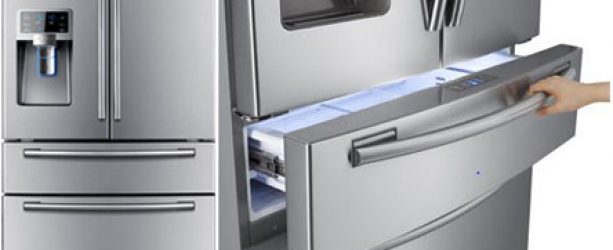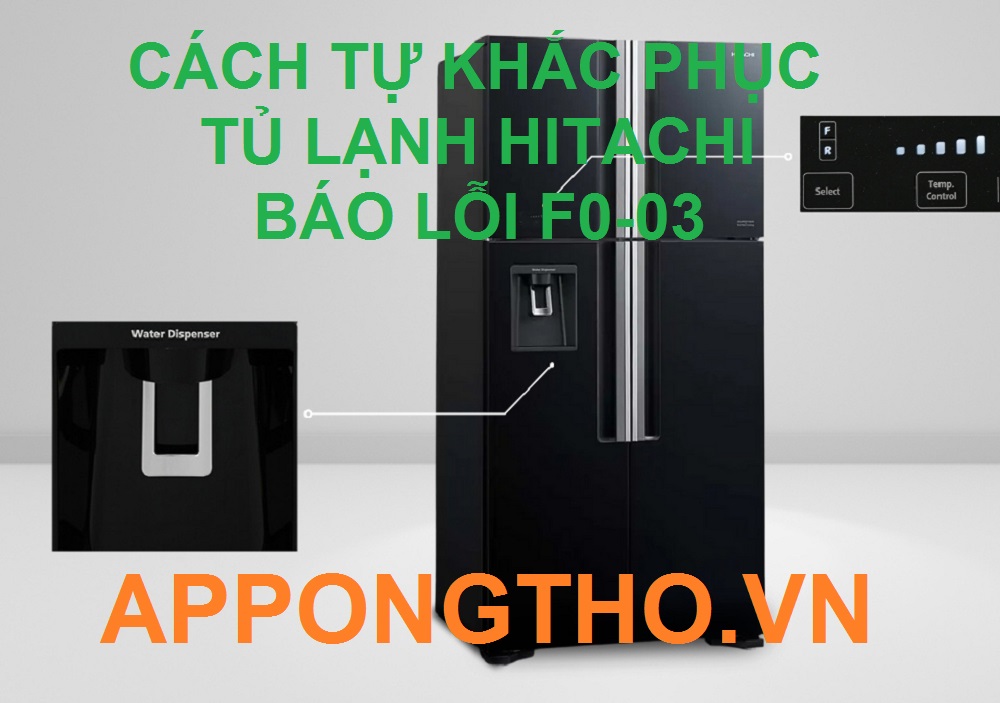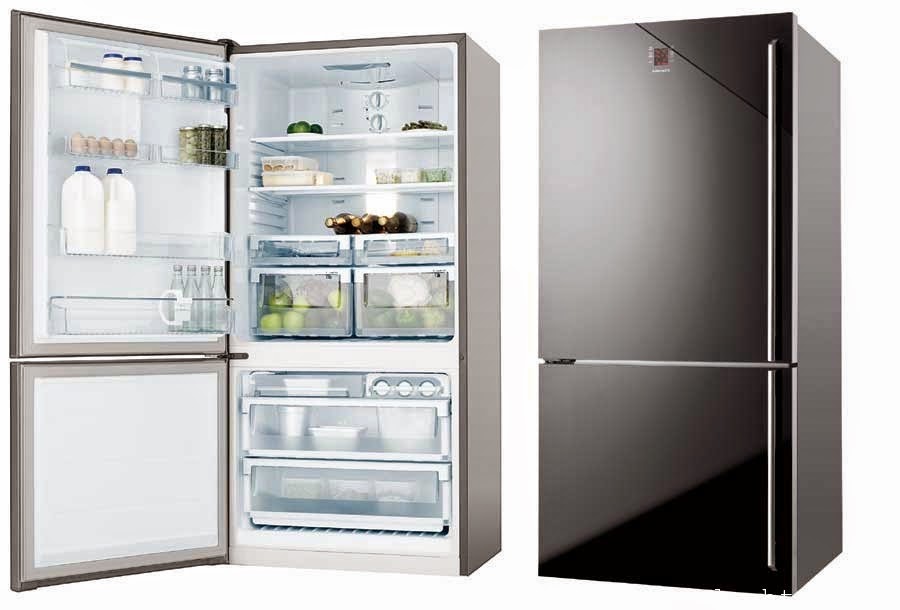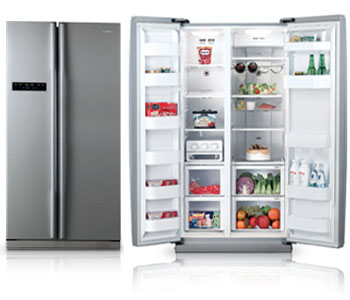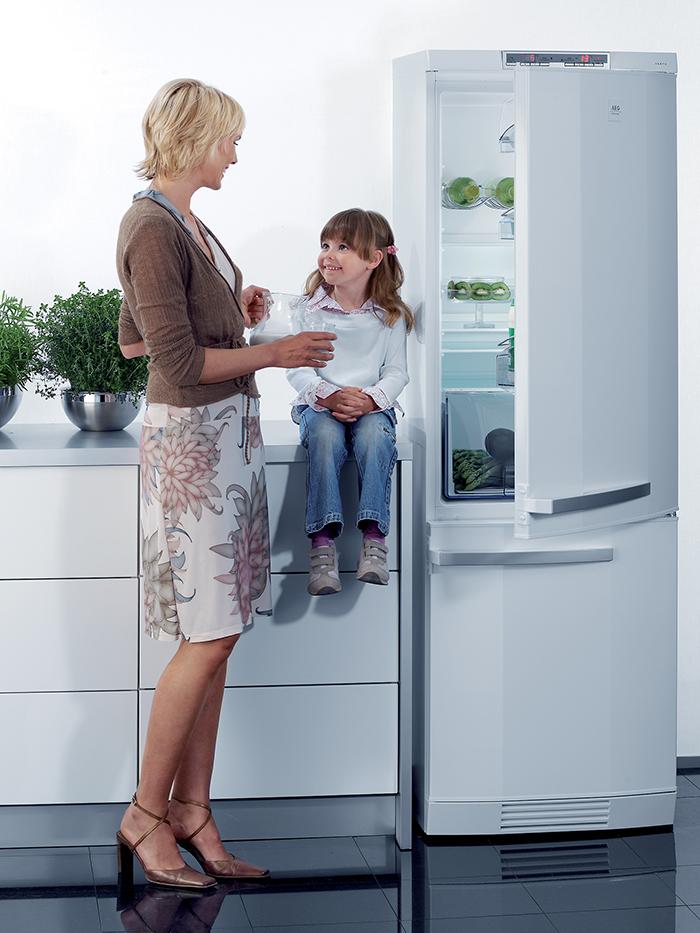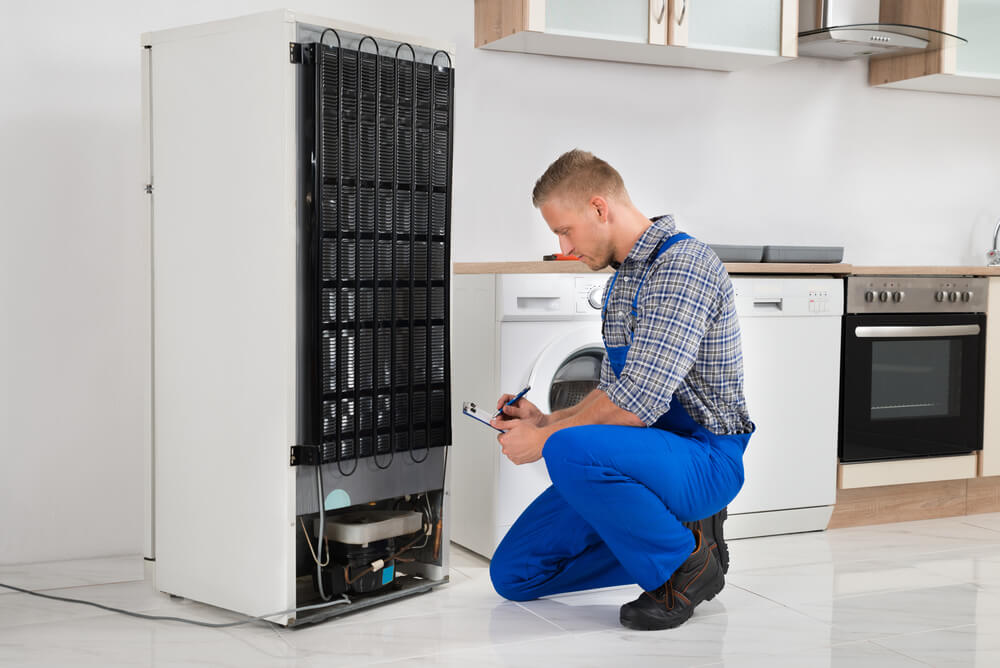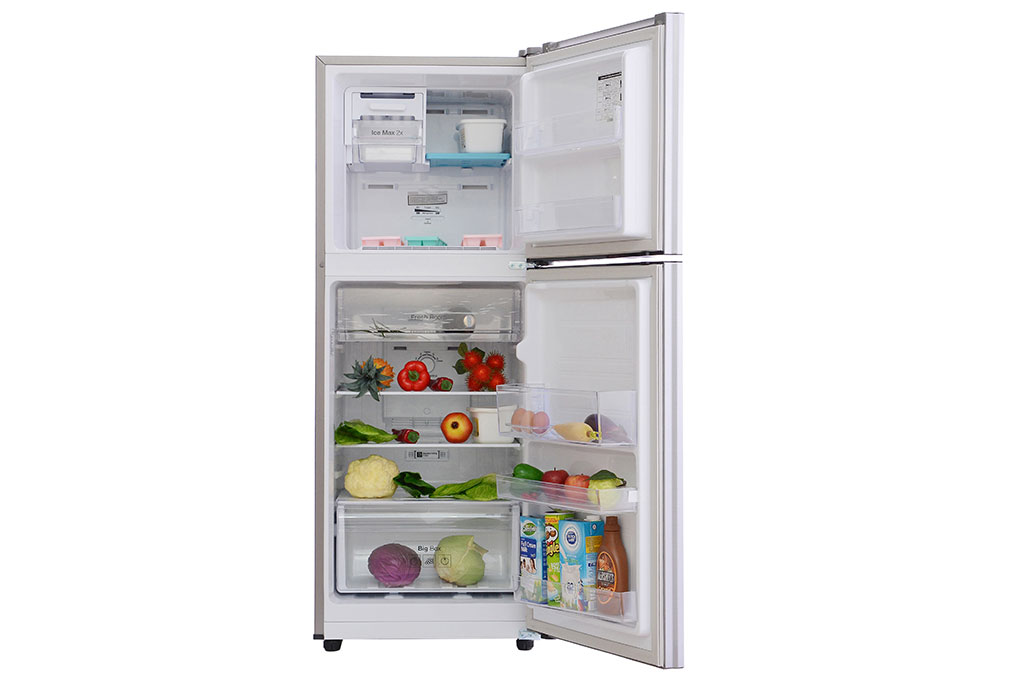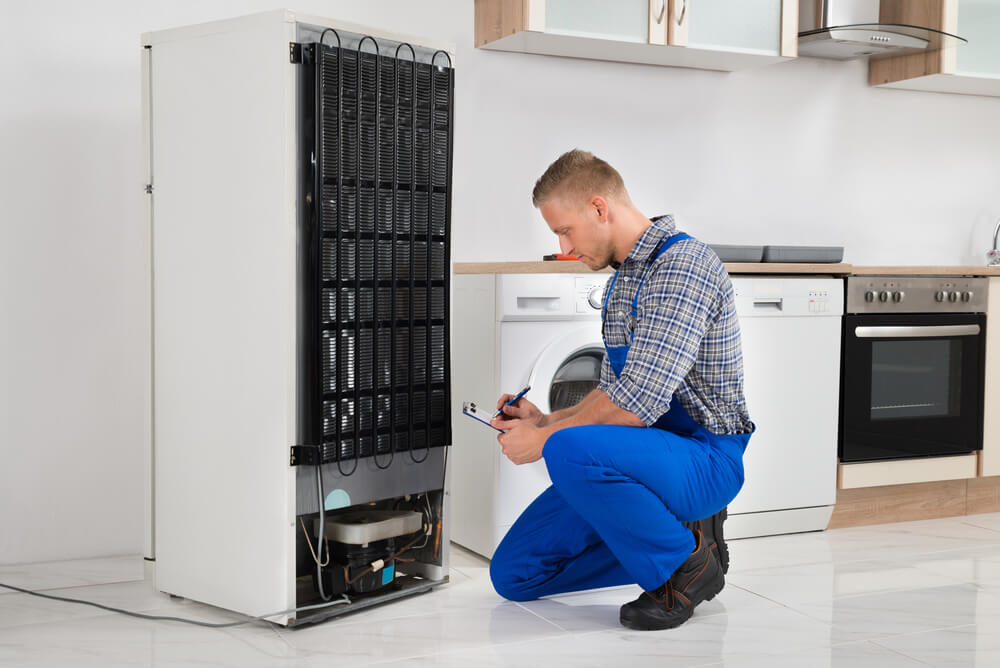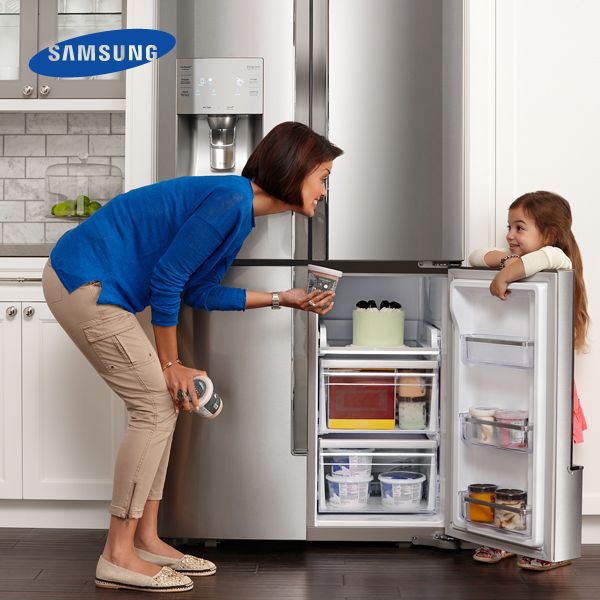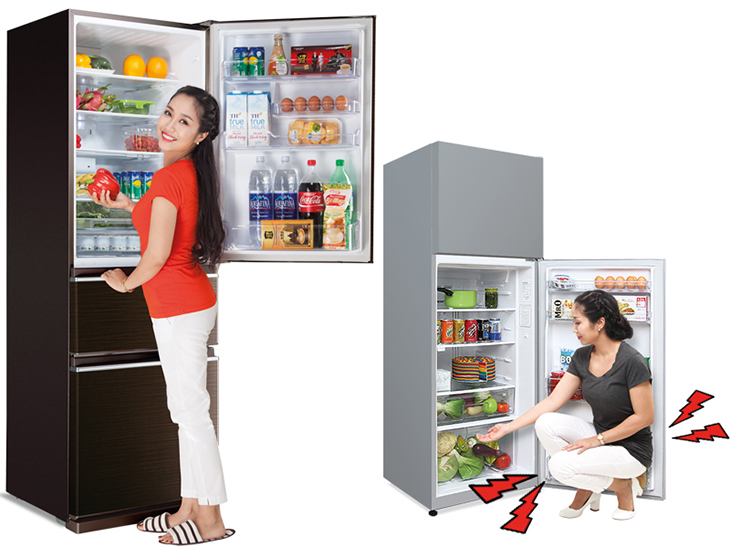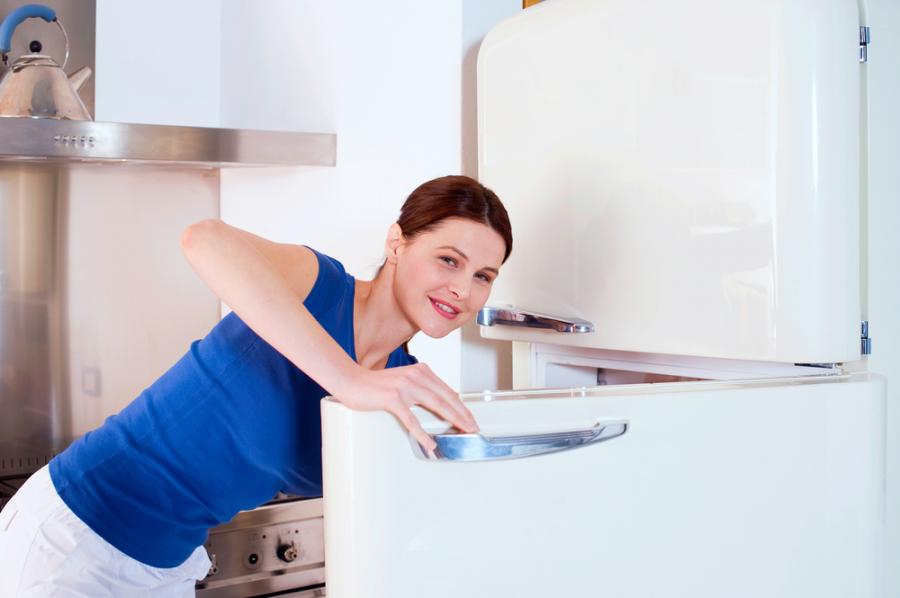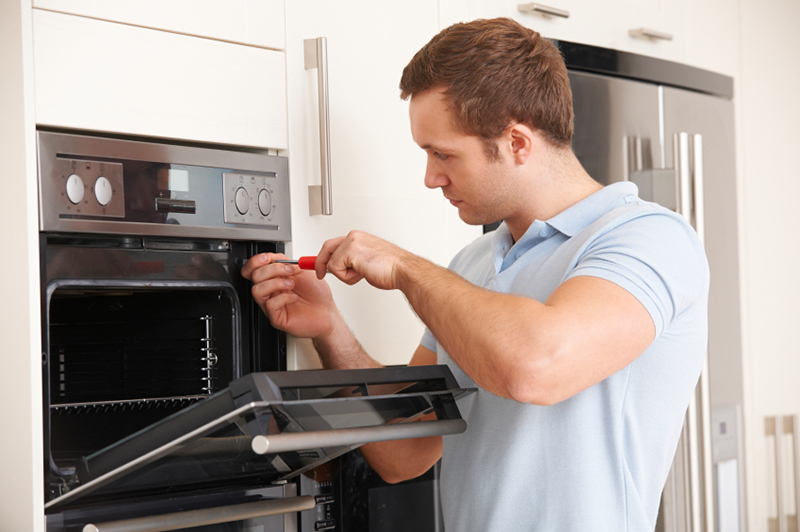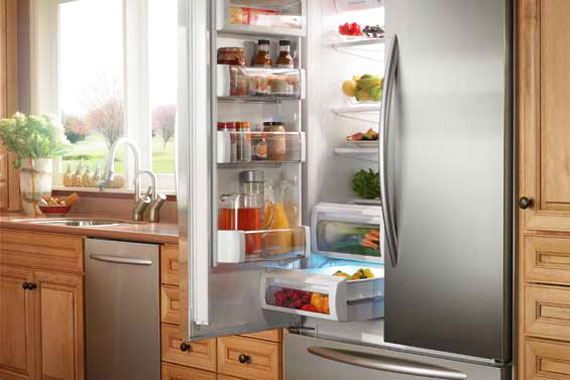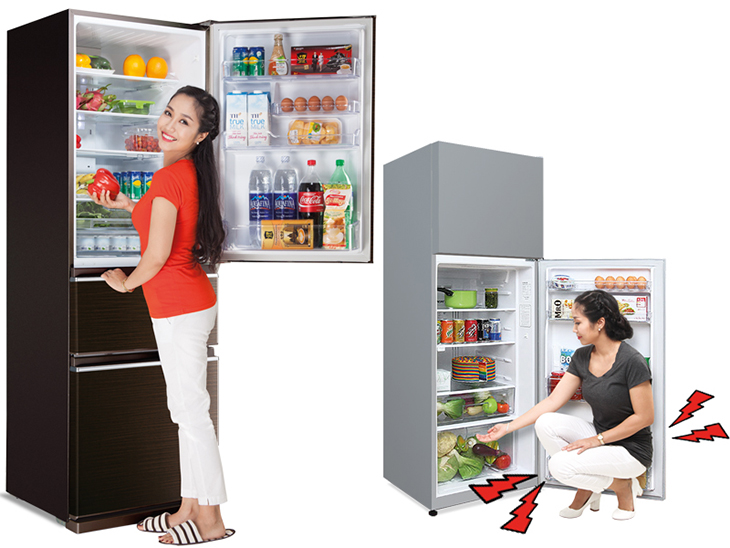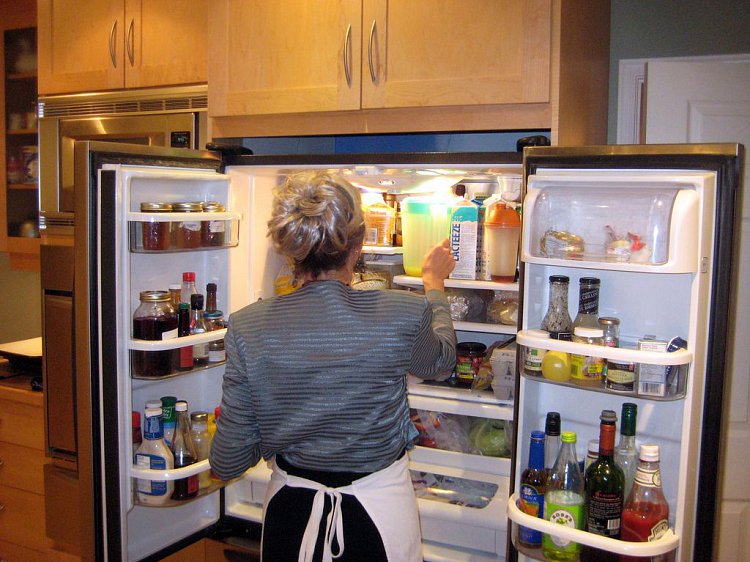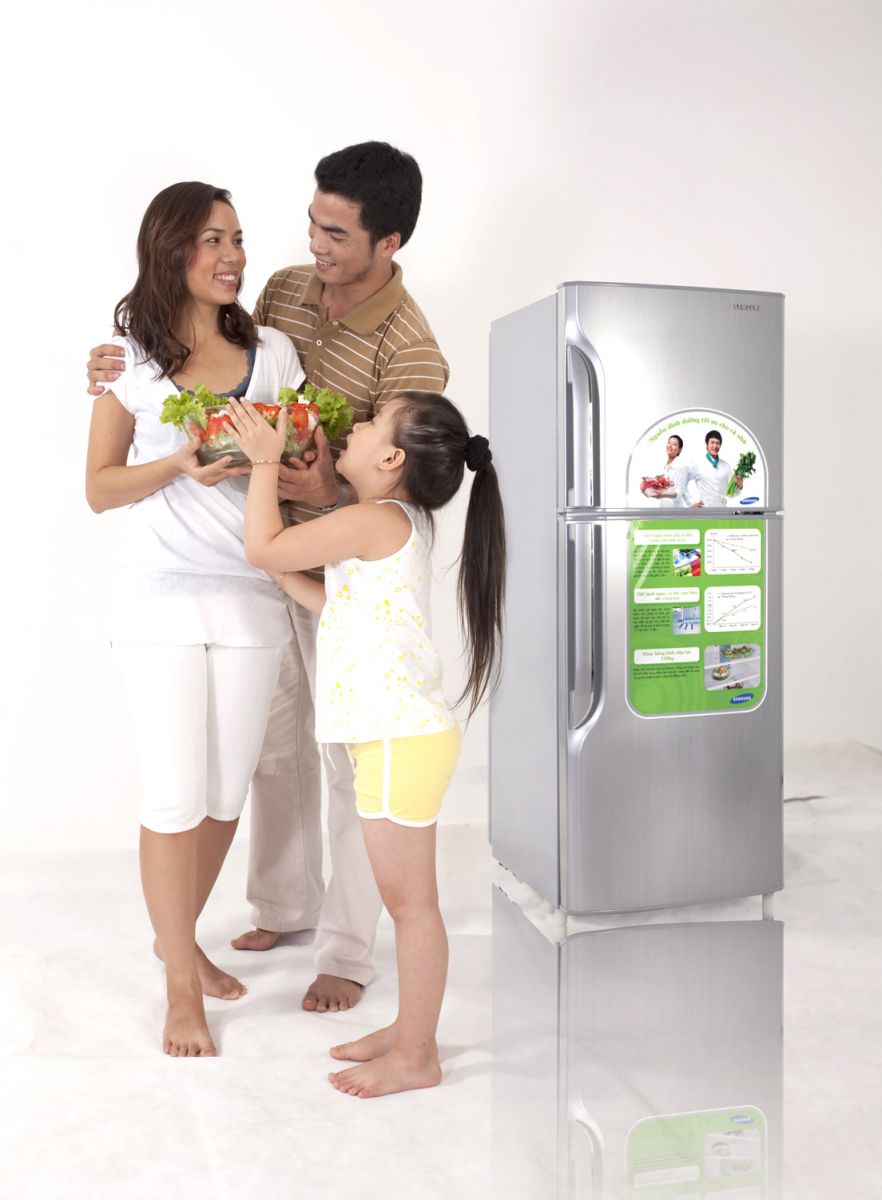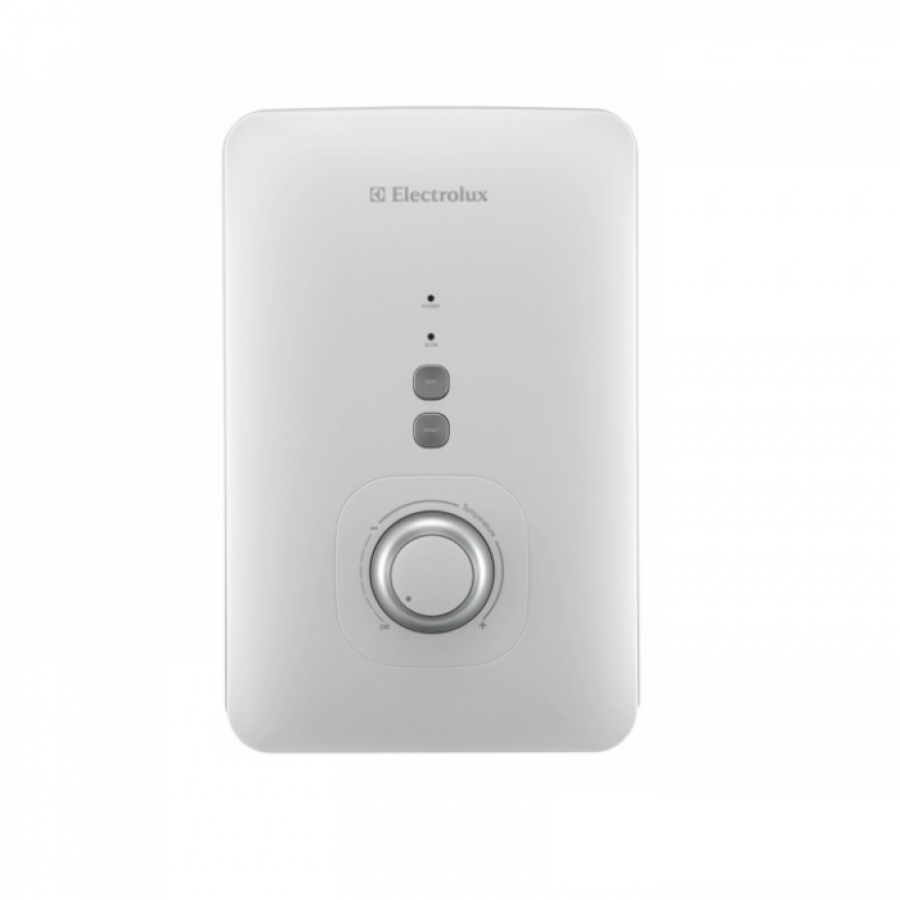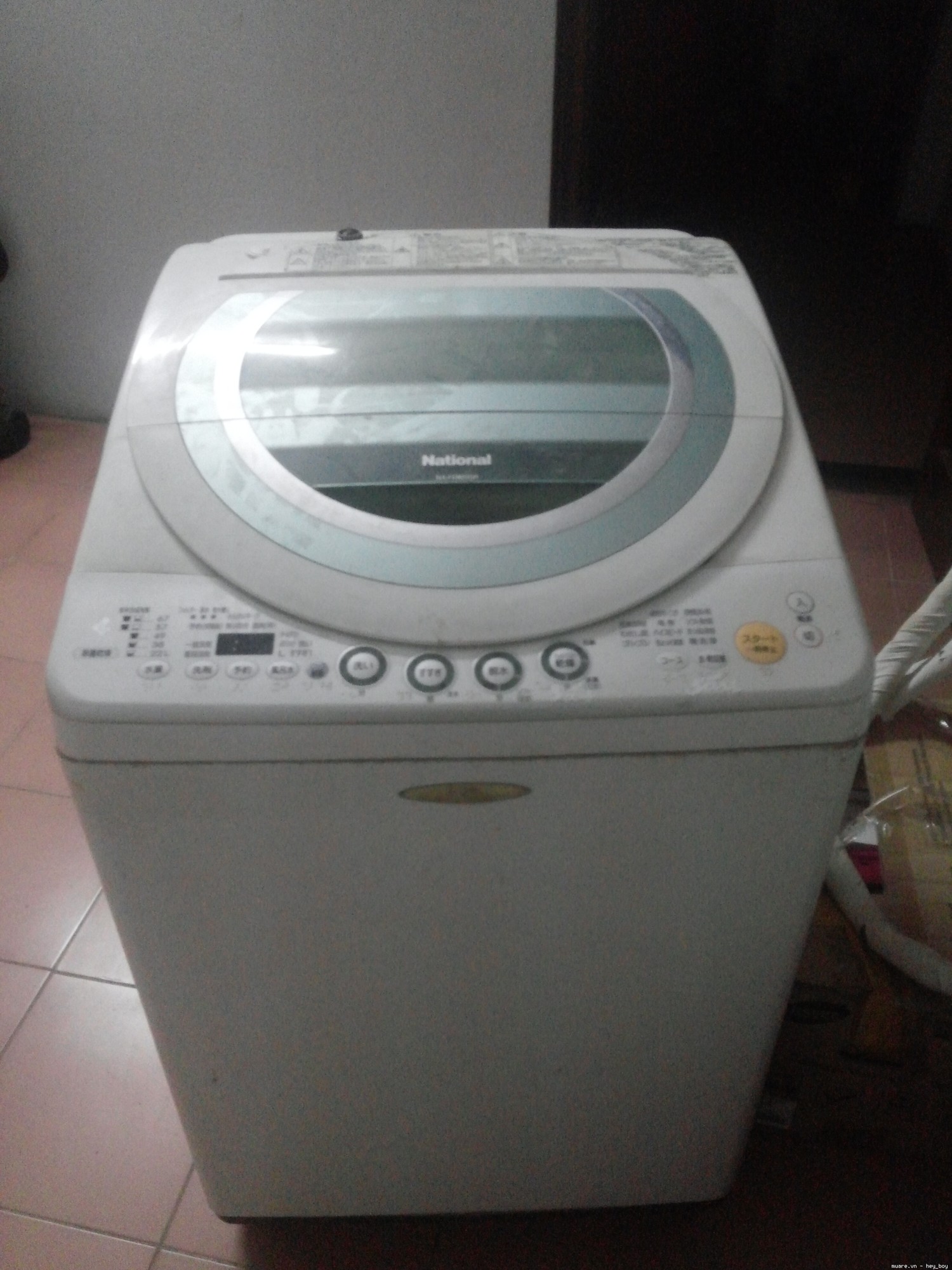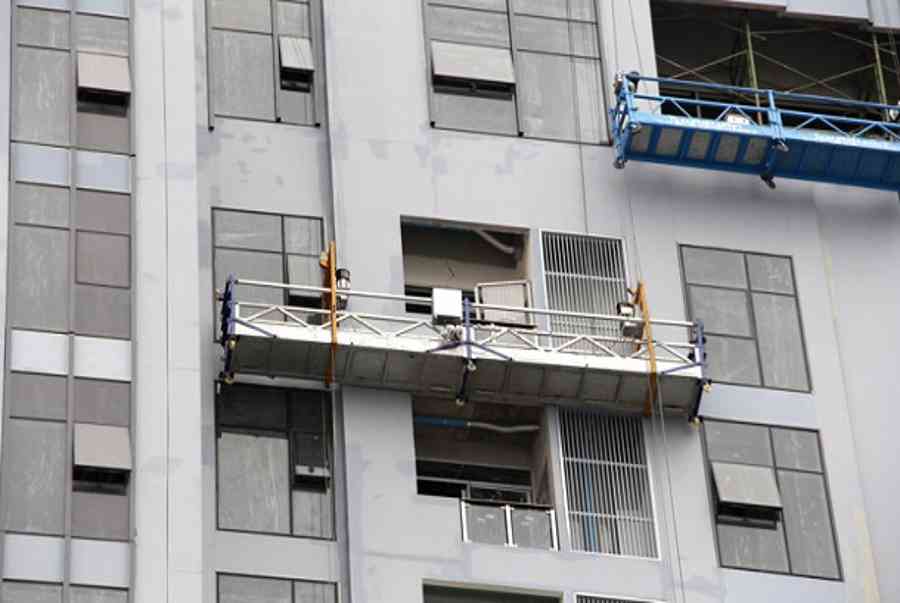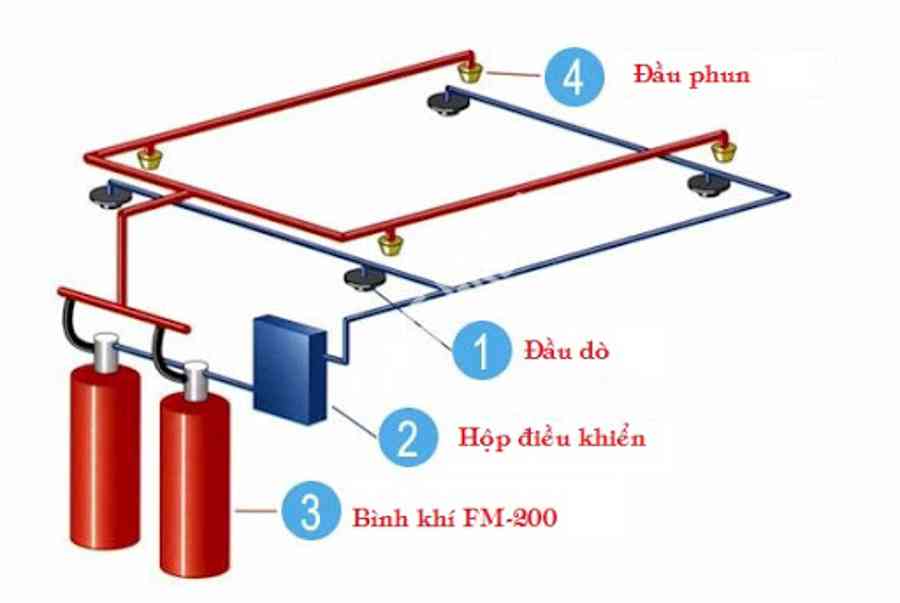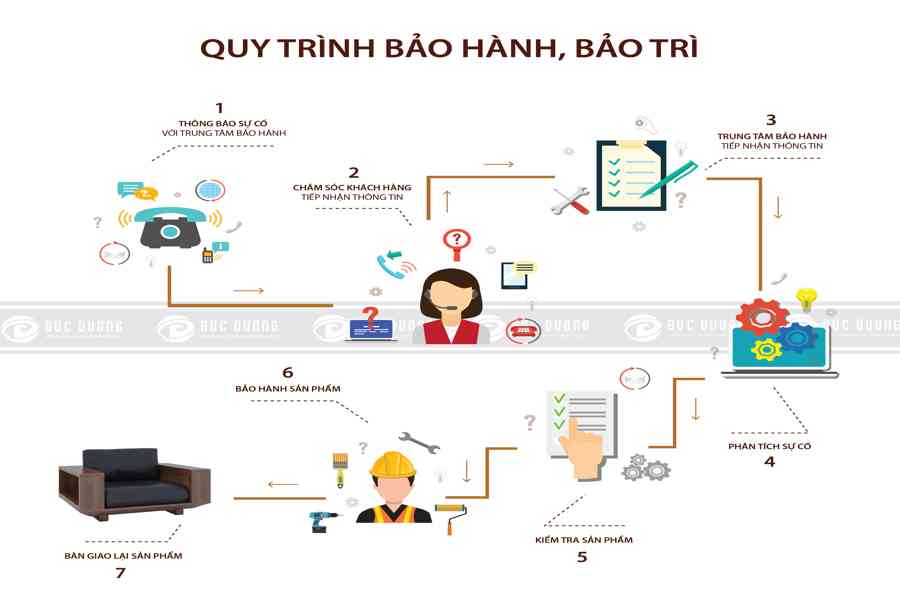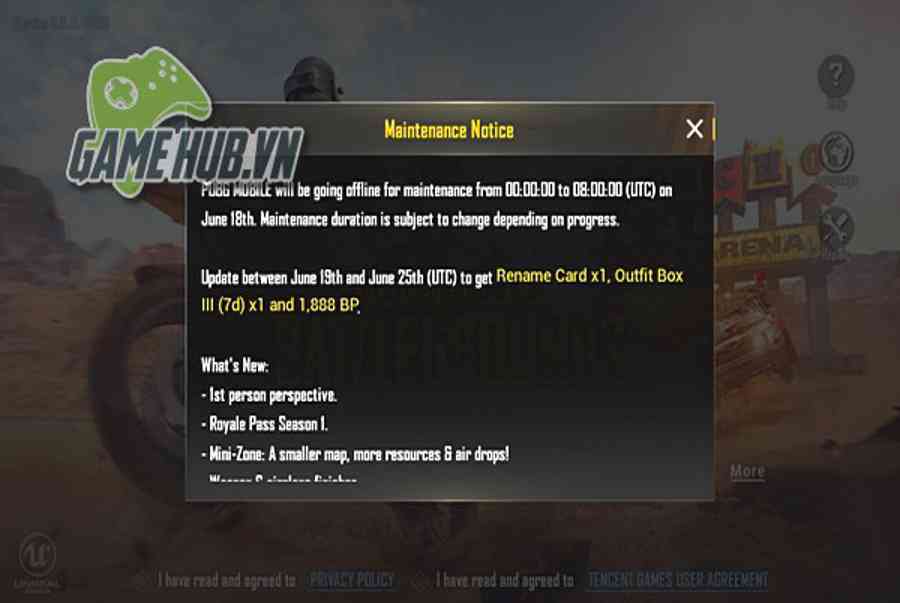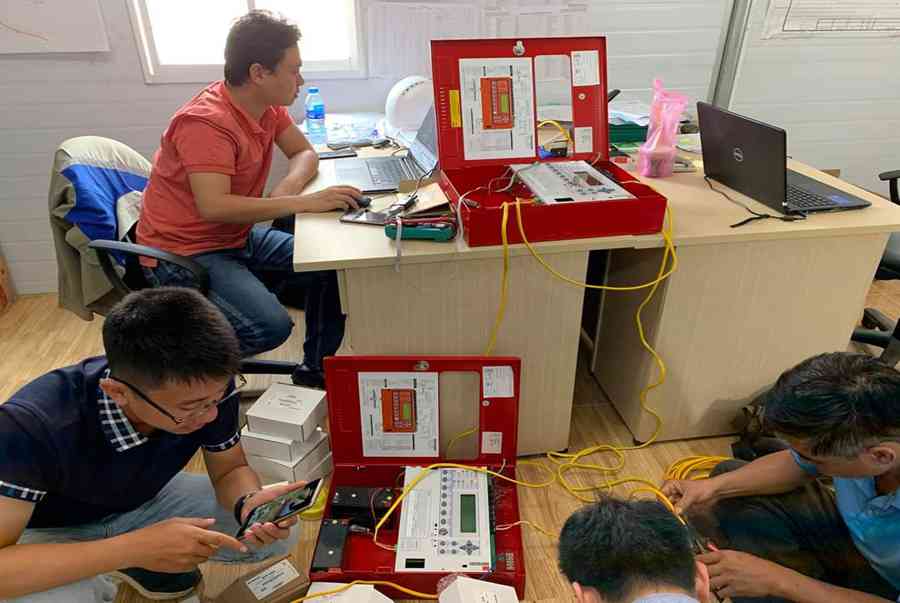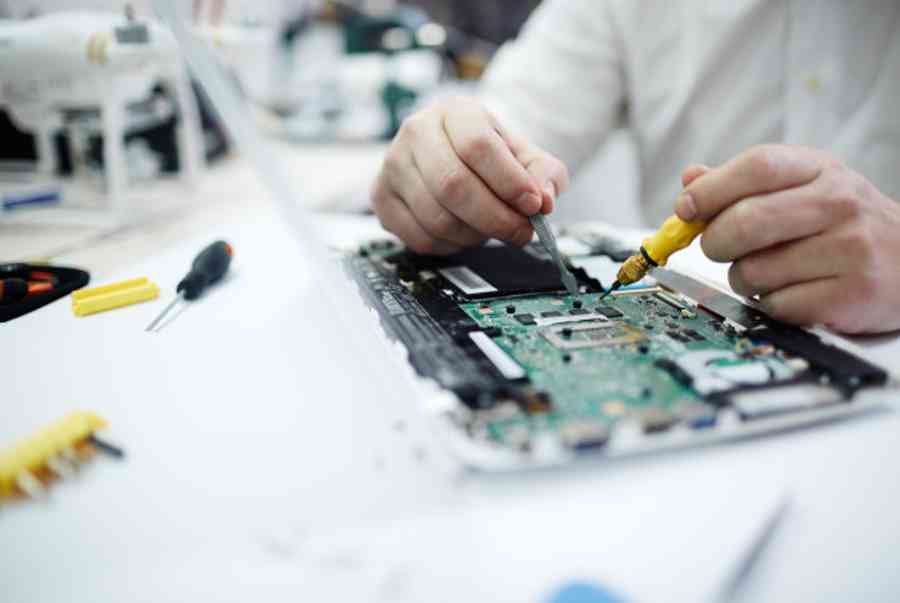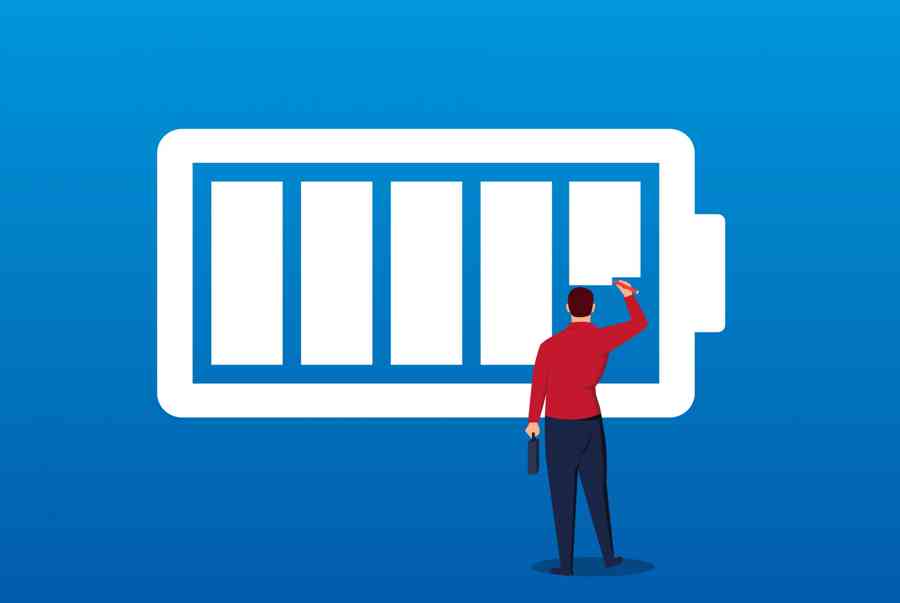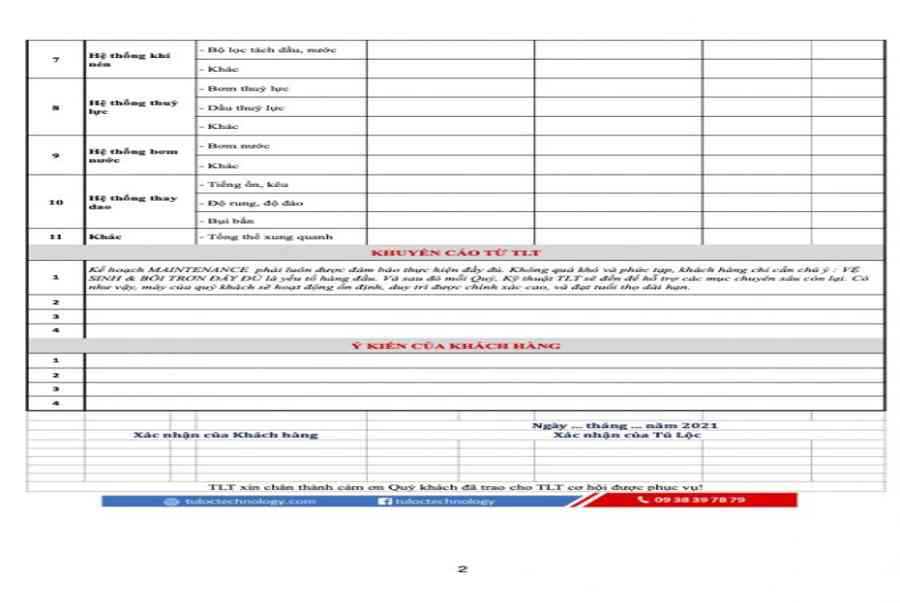Fagor 2LF-065IT manual
Phân Mục Lục Chính
Page: 1
ÍNDICE / ÍNDICE / TABLE OF CONTENT / INHOUDSOPGAVE INSTALACIÓN Y MONTAJE USO DEL APARATO Y CONSEJOS PRÁCTICOS MANTENIMIENTO Y LIMPIEZA DEL APARATO LOCALIZACIÓN y SOLUCIÓN DE PROBLEMAS ESQUEMAS Y MEDIDAS DE INSTALACIÓN ESPAÑOL 3 9 21 23 99 PORTUGUÊS INSTALAÇÃO E MONTAGEM UTILIZAÇÃO DO APARELHO E CONSELHOS PRÁTICOS MANUTENÇÃO E LIMPEZA DO APARELHO LOCALIZAÇÃO E SOLUÇÃO DE PROBLEMAS ESQUEMAS E DIMENSÕES DE INSTALAÇÃO 27 33 45 47 99 INSTALLATION AND FITTING USING THE APPLIANCE – A FEW PRACTICAL TIPS APPLIANCE MAINTENANCE AND CLEANING TROUBLESHOOTING INSTALLATION MEASUREMENTS AND DIAGRAMAN ENGLISH 51 57 69 71 99 INSTALLATIE EN MONTAGE GEBRUIK VAN HET APPARAAT EN PRAKTISCHE ADVIEZEN ONDERHOUD EN SCHOONMAKEN VAN HET APPARAAT PROBLEMEN OPSPOREN EN OPLOSSEN INSTALLATIESCHEMA ´ S EN-MATEN NEDERLANDS 75 81 93 95 99
Page: 2
DISHWASHER INSTALLATION AND FITTING 51 2 CONNECTION TO THE PLUMBING a Connect the pipe to the water inlet, tighten the connection nut and make sure it is securely connected to the appliance. The water connection pipe is located on the back of the dishwasher : a UNPACKAGING 1 UNPACKAGING THE DISHWASHER Remove the internal pro – tection : polystyrene wed – ges for holding the racks firm .
Page: 3
Please refer to the specification label on the top edge of the door before making the electrical connections. Make sure that the power voltage connected to the plug socket is as shown on the label. 3 ELECTRICAL CONNECTION Serial number Model The specifications label is on the top edge of the interior of the door. This label must never be removed, since it provides information about the exact Model of the dishwasher, required power supply, serial number and warranty. I M P. O R TA N T It is very important for the dishwasher to be connected to an earthed plug socket. The electrical installation, plug, socket, fuses or circuit breaker and meter must be capable of the maximum power shown on the specifications label. If the power cable is damaged, it must be replaced exclusively by the manufacturers, aftersales service ( TAS ) or authorised personnel. If the appliance is to be recessmounted and integrated, the plug must be accessible after installation. The hose must run between the wall and the bottom space at the back of the dishwasher ( b1 ) so that it is not squashed or overstretched. There should be a fixed water outlet drain at a distance of between 25 and 100 cm from the floor. Make sure that the outlet pipe is not too rigid, bent or squashed. b If your dishwasher has a hot water inlet, connect the pipe to the hot water tap. In this case, the maximum temperature must not exceed 60 ºC. Bear in mind that this type of water supply may affect the washing and drying capacity of the appliance. max. 100 cm min. 25 cm It is very important for the bend pipe of the outlet hose is located securely in water outlet so that it cannot disconnet. The operating water pressure ( minimum and maximum ) must be between 0,5 – 10 bar ( 0,05 – 1 MPa ). I M P. O R TA N T b1 b2
Page: 4
4 LEVELLING AND POSITIONING
LEGS – LEVELLING
WORKTOP
If the worktop is
wooden, fit the plastic
protection onto it to
prevent the area from
being damaged by
steam.
Fit the front brackets to
the dishwasher so that
it can be fixed to
neighbouring units or the
work surface (see point
k, page 54).
a
b
c
d
e
a b
e
To flush-mount the
dishwasher in a row of
kitchen fittings sharing
the same plinth, loosen
and remove the base
accessories.
Before fitting the
dishwasher into the
space, raise it up to the
height of the worktop
by turning the rear legs
until a space of some
3 mm is left from the
top.
Then adjust the front
legs to the desired
height. Some integrated
models include a rod for
levelling the rear legs
from the front.
e
d
c
d
To install an integrated
dishwasher:
English
53
Bạn đang đọc: Fagor 2LF-065IT manual
Page: 5
DOOR An information template is provided with the assembly instructions. Position the template, fix it in place and mark the position of the holes. Drill the holes with a Ø 2.5 mm bit and screw the supports to the panel with the curved part facing downwards. Pick up the door panel and fit the supports into the door housing. Pull it downwards, ensuring it is firmly fixed and levelled with the top part of the door. Open the dishwasher door slowly, holding the panel in place, and then fix it with the screws, ensuring the panel is correctly aligned with the door. If the door springs are not strong enough, compensate the door with the two additional screws provided in the accessories bag. Fit the dishwasher into the space. Adjust it to the worktop until the top of the dishwasher makes contact with the bottom of the kitchen fitting. Fit the plinth in place, sawing it to obtain the desired measurement. Fix the dishwasher to the worktop, in the case of a wooden worktop. If it is a granite worktop, fix the dishwasher to the adjoining fittings. f The maximum and minimum recommended weights for the door panel to be placed on the dishwasher are : Maximum : 6.5 kg. Minimum : 3 kg. I M P. O R TA N T i j k l A space of at least two millimetres must be left at the sides between the kitchen fittings or electrical appliances and the dishwasher. I M P. O R TA N T h g f g h An information template is provided with the assembly instructions. l k j i
Page: 6
Integrated beneath a worktop Column-integrated 50 114 mm 600 16 6 min. 25 82 58 9 English 55 For integrated stainless steel models, the following installation instructions should be taken into account :
Page: 7
b Once the dishwasher has been installed correctly, it should be first used on prewash programme : Open the dishwasher door. Press the dishwasher ON button. Select programme 1 ( prewash ), with no dishes or detergent. Close the door. The dishwasher will start up automatically. This is to check the installation, the connections and the drain outlet, as well as to completely wash the interior before running a wash pro-gramme a b c a c PROG d d 5 PRE-WASH
Page: 8
USING THE APPLIANCE – A FEW PRACTICAL TIPS DISHWASHER 57 Before starting up the dishwasher, you will need to know the water hardness in your area. You can find this out by either : 1 º Consulting the local Water Board, 2 º consulting the T.A.S. ( Technical Assistance Service ), or 3 º using the Aquadur strip included in the accessories bag, following the instructions below. 1 WATER HARDNESS, SALT, RINSE-AID AND DETERGENT To find out the water hardness : Place the strip in a glass of water for one second, and then take it out. Shake it and wait for one minute. The strip will show the water hardness. Check the result of the test against the table below. You will probably need to adjust your dishwasher. a b c If no salt needs to be added to your dishwasher, go straight on to the ” rinse aid ” section. Water hardness adjustment. Water contains scale. The more scale, the harder the water. To prevent the scale in the water from damaging the dishwasher, it is equipped with a descaler to reduce the scale and leave it perfectly clean for washing. The descaler uses salt to function. b 1 min. a 1 sec. c HF : Water hardness ( French system ) DH : Water hardness ( German system ). Scale level ( HF ) 0-13 HF 14-38 HF 39-50 HF 51-63 HF Over 63 HF Scale level ( DH ) 0-7 DH 8-21 DH 22-28 DH 29-35 DH Over 35 DH Test result Green 1 Red stripe 2 Red stripes 3 Red stripes 4 Red stripes No salt needed Position 1 Position 2 Position 3 Position 4 L0 L1 L2 L3 L4 Hardness Soft Standard Medium Hard Very hard Dial position Manual Electronic
Page: 9
ELECTRONIC ADJUSTMENT If there is a salt regulator inside your dishwasher on the right, e. g. Mod. C or Mod. D, you should adjust the salt from the control panel with the dishwasher running pressing the on / off button but with no programmes running. Identify your dishwasher : Type A or Type B. Type A models ( display models ) : Press the button and hold it down for 3 seconds. A number with the letter “ L ” before it ( L2 ) will appear on the display. Press the button again to select the salt regulator position required. a b Type A : display models Type B : pilot light models Mix PROG STOP 50 º 55 º 50 º 65 º 70 º PROG L2 a PRO PRO PRO Display models b REGULATOR Model C REGULATOR Model D MANUAL REGULATION If there is a salt regulator like the one shown in the photographs ( Mod. A-B ) inside your dishwasher on the right-hand side, turn it to the number that corresponds to the hardness of the water in your area ( see table ). To turn it to the correct position, use a coin ( Mod. A ) or a screwdriver ( Mod. B ). Controlling the salt level Depending on the Mã Sản Phẩm, dishwashers will have a manual or electronic salt level control. This simple adjustment of your dishwasher is vital for its correct functioning. Do not ignore it. REGULATOR Model B REGULATOR Model A If you wish to use combined detergent tablets ( 3 – in-1, 4 – in-1 ), turn the dial to the corresponding test result number. If you use traditional detergents after this, turn the dial to the test result number again .
Page: 10
English 59 SALT CONTAINER b a WHERE TO PUT THE SALT The first time you fill the salt container, you must : Pour in the salt but do not fill the container to the top. Top it up with water. a b The dishwasher has a salt container in the bottom of the tub. Important : use dishwasher salt only. Remember : You should adjust the salt position depending on the result of the water hardness test. ( See table on 57 page ). Type B models ( pilot light models ) : Press the button ( if your washing machine does not have this button, press the button ). The L2 pilot light will come on ( see Table ). Press the button again ( if your washing machine does not have this button, press the button ) to select the salt regulator position required. Validate the required selection by pressing the button. c d Mix 50 º 55 º 50 º 65 º 70 º Pilot light models Mix 50 º 55 º 50 º 65 º 70 º Mix 50 º 55 º 50 º 65 º 70 º c Table L0 L1 L2 L3 L4 Mix 50 º 55 º 50 º 65 º 70 º PROG Display models and pilot light models d
Page: 11
When do I need to add rinse-aid ? The dishwasher itself will inform you of when the rinse aid needs refilling. A pilot light on the design panel will come on when a refill is necessary. PILOT LIGHT The rinse-aid helps drying and prevents drops of water from clinging to utensils after washing. The rinse-aid container is located on the inside of the door, next to the detergent container. It has a 4 – position dispenser for adjusting the amount of rinse-aid to the water quality. If you notice drops of water on utensils, increase the position of the rinse-aid dispenser. If the utensils have white or sticky lines, lower the position. RINSE-AID CONTAINER DISPENSER a Once the level of the dispenser has been set, fill the container to the top, but do not overfill it. If this occurs, clean the spillage with a cloth. a Agreater amount of rinse-aid does not necessarily mean better results. In fact, too much rinse-aid can lead to water marks. I M P. O R TA N T When do I need to add salt ? A pilot light will come on to show when more salt needs to be added. PILOT LIGHT Important : If your dishwasher does not have a display or pilot light, you should periodically refill the salt that has been used ( about every 20 washes for medium-hard water ). You should not use salt if your dishwasher does not need it. In this case, the pilot light will remain on at all times. I M P. O R TA N T When the salt container needs filling, you should always do it before a wash and not afterwards. d c Stir with a spoon. Close the lid tight and clean the salt around the container. c d
Page: 12
English 61 b a Pour in the detergent, then close the tank cap. Some programmes also require part of the dose of detergent to be poured into the tank cap compartment. Detergent comes in tablet, powder and liquid form. You can consult the amount of detergent needed on the programme chart. Detergent The detergent is poured into a tank on the inside of the door, beside the rinse aid tank. If you use detergent tablets instead of traditional products ( granulated salt, powder detergent, liquid rinse aid ), you may notice a loss of efficiency, particularly in the case of short programmes and / or programmes with low wash temperatures. If you notice any performance problems with your dishwasher, e. g. there is a white film on the tank or on the dishes, an accumulation of scale or poor drying efficiency, you should go back to using traditional products. We would remind you that if you go back to using traditional granulated salt, you will need to run a few programmes before the dishwasher performs perfectly again, and there may still be some residue left on the tank and dishes. If you wish to use combined tablet products, read the instructions and indications for use on the packet carefully. In case of doubt, consult the cleaning product manufacturer. We provide no guarantee for any complaints directly related to the use of this type of products. b DETERGENT CONTAINER a
Page: 13
Not all utensils can be washed in a dishwasher. Do not attempt to wash items made of wood or earthenware
or plastic that is not heat resistant.
Stainless steel cutlery can be washed easily; however, ensure that silver cutlery does not come into contact
as they may stain.
Items made of aluminium may fade in time.
Patterns on decorated porcelain may wear off if the quality is not good. Check with the manufacturer of China.
Only wash glasses that are dishwasher-compatible.
Cut glass should not be washed in dishwasher.
Types of dishes
2 TABLEWARE AND UTENSILS. TYPES AND POSITIONING
Please make sure your utensils are dishwasher-compatible.
Placing the utensils in the
dishwasher
It is very important to place
the utensils correctly in the
racks to guarantee a
perfect wash.
The lower rack is for
dirtier, more resistant
items: pans, oven
dishes and plates.
Make sure there is
sufficient space
between each one for
the jet of water. Pots
must be placed upside
down.
If your model has fold-
down racks, you can
use them in vertical
position for washing
plates or in horizontal
position for large items
such as saucepans
a
b
Bowls are placed on the left and plates on the right. Start loading plates from the outside
of the rack to the inside. Plates should not be touching.
I M P O R TA N T
VERTICAL POSITION HORIZONTAL POSITION
EN-50242
FOR 12 PLACE SETTINGS LOADING PLATES
Xem thêm: Cách sử dụng và vệ sinh Bếp Gas FAGOR
Page: 14
English 63 Les couverts, Except for knives, cutlery should be placed in the cutlery rack, with the handles at the bottom. Place the more delicate items, such as cups, glasses, porcelain or crystal, and standard – size plates in the top rack. Long cutlery has a special place. There are also racks which, when vertical, are for holding wine glasses. If you have selected the Express programme or the Top Load function, the dishes are to be loaded into the top basket only. If you have selected the Bottom Load function, you should load the lower basket only. c d I M P. O R TA N T When you have loaded the dishwasher, make sure the sprinklers can spin freely and that the cutlery will not prevent the detergent tank cap from opening. FOR 12 PLACE SETTINGS EN-50242 SPECIAL SUPPORTS TOP LOAD
Page: 15
b Adjusting the racks The racks can be adjusted in accord with the load. The top rack can be placed at two different heights for washing different-sized plates. In the upper position, the top rack holds standard – size plates of up to 19 cm and the bottom rack holds plates of up to 31 cm. In the lower position, the top rack holds plates of up to 24 cm and the bottom rack holds plates of up to 26 cm. a b Top rack Model B : Remove the stop that prevents the rack wheels from coming out of the rails. Pull the rack towards you and take it out. Position the basket at the height required. Replace the stop in its original position making sure it fits right in longitudinally on the rail ; youwillhearaclickwhen it locks in place. Top rack Model A : This can be adjusted without being removed from its rails, even when loaded with utensils. To raise or lower its position, pull the rack upwards by the side handles. Check that both sides are at the same height. If not, make them level. a b 24 cm. 26 cm. 19 cm. 31 cm .
Page: 16
English 65 PROG ON / OFF button TOP or BOTTOM LOAD selector TOP or BOTTOM LOAD pilot lights TIME DELAY selector The steps for selecting the wash programme are as follows : Open the dishwasher door. Press the dishwasher ON button. Select the wash programme using the PROG button. On models without a display, a pilot light will come on to indicate which programme has been selected, and on display models the selected programme number will appear on the display preceded by the letter “ P. ”. a c c b d a b d WITH DISPLAY WITHOUT DISPLAY d PROG STOP Mix 50 º 65 º 70 º 55 º 50 º TIME DELAY selector DELAYED PROGRAMMING pilot lights PROG STOP Mix 50 º 65 º 70 º 55 º 50 º HALF LOAD selector HALF LOAD pilot light END OF PROGRAMME pilot light PROG 3 SELECTING THE WASH PROGRAMME RINSE AID pilot light PROGRAMME selector PROGRAMME Visor ( VISOR ) SALT pilot light PROGRAMME pilot llight
Page: 17
There are various programme types depending on the dishwasher Mã Sản Phẩm : It is very important to choose the wash programme in accordance with the type and amount of utensils and level of soiling. 25 g of powder non-concentrated detergent is the equivalent of one and a half flat soup spoons or one tablet of detergent. For tablet or liquid detergent, follow the detergent manufacturer’s recommendations. * Values for a 60W motor and 12 place settings. * * In compliance with the EN-50242 standard, the economy wash programme takes longer than the other programmes ; however, it consumes less energy and is more environment-friendly. A 3 – send continuous beep and a light indicate the end of the programme. * * * The Express programme requires powder or liquid detergent, which dissolves easier. PROGRAMME Prewash P1 Intense P2 Economic * * P4 Normal o Auto * * P3 Fast * * * P7 Quick P5 Mixed P6 Mix SYMBOL TOTAL CONSUMPTION KWh * 0,007 KWh 1,4 KWh 1,2 KWh 1,05 KWh 0,3 KWh 0,79 KWh 0,87 KWh AMOUNT OF DETERGENT ( g ) 25 + 15 20 Withou detergent 25 + 5 25 + 5 25 25 + 5 TYPE OF UTENSILS For utensils not to be washed immediately For very dirty utensils and saucepans For slightly dirty utensils For dirty utensils For very slightly dirty utensils in the top rack only For very slightly dirty utensils For dirty delicate utensils TEMPERATURE ( °C ) Cold 70 50 40 65 55-65 55 50 Hygienizer P8 1,6 KWh 25 + 5 For more efficient bacteria elimination 75
Page: 18
67 English Unless the change affects the duration of the wash programme or involves the time delay option. In this case, press the ON / OFF button ( ) to make any changes. Button : Time delay This makes it possible to delay the start of the wash programme. Some models can delay the wash 3, 6 or 9 hours. In this case, when you press the time delay button, a pilot light comes on to indicate the chosen option. On other models, it is possible to select the time you wish to delay the wash from 1 to 19 hours, at hourly intervals. This is ideal for cheap rate periods. On these models, when you press the time delay button, the display shows the number of hours you wish to delay the start of the wash. Wash functions must always be selected after the wash programme has been selected. If the programme is changed during the selection, the previously selected functions are cancelled. Thes e functions make it possible to adjust the wash load, times and consumption to a maximum. The additional functions available depend on the Mã Sản Phẩm : Button : Half-load This washes half a load in the top rack only. Valid for all programmes. 4 SELECTING ADDITIONAL FUNCTIONS When the dishwasher is in operation and … – You wish to put another utensil in the dishwasher. – You wish to change the wash programme. When you have selected the wash programme and the additional functions, close the dishwasher door and it will start up automatically. 5 START-UP IMPORTANTE If you change the programme or press the ON / OFF button while selecting the additional functions, all the functions selected are cancelled. NOTE : For safety reasons the programme will restart after a few seconds. 1. Open the dishwasher door. 2. Put the utensil in the dishwasher and / or change the wash programme. 3. Close the dishwasher door. PROG Button : Top / bottom load ( Duo-Zone ) Only half the dishwasher capacity is used. Top load, in the top rack, for more delicate utensils, and Bottom load, in the bottom rack, for saucepans or very dirty utensils. Valid for all programmes .
Page: 19
When the dishwasher programme ends, a continuous beep will sound for 3 seconds. When you open the dishwasher door you will be able to see that washing has finished as a pilot light will have lit up on the design panel. The dishwaser must always be switched off by pressing the OFF button. 6 END OF PROGRAMME BASIC TIPS 8 There a few things you should always bear in mind. If you do, your dishwasher will last longer and be more efficient. Fill the dishwasher : Try to make the most of your dishwasher’s capacity. This will help you reduce water and electricity consumption and lead to quieter operation and be more economical. Place the dishes correctly. For optimum wash quality the sprinklers must turn freely. The dishes must also be correctly placed so that the jet of water reaches them. Programme selection. Select the correct wash programme and additional functions as required. a b c After a power cut, the dishwasher continues to work as normal from where it stopped ( it has a minimum memory of 12 hours, depending on Mã Sản Phẩm type ). 7 POWER CUTS 00 MODELS DISPLAY
Page: 20
69 English APPLIANCE MAINTENANCE AND CLEANING You should perform the cleaning operations regularly so that your dishwasher will last longer. You should do the following every three months : DISHWASHER • Clean the filter. • Cleaning the spray arms. • Clean the inside. • Clean the outside. This will make your dishwasher last longer. I M P. O R TA N T If you are planning to be away for a long period, leave the dishwasher door open so that the air can circulate freely inside the machine. d a 1 CLEANING THE WASH FILTER Take out the bottom rack, remove the interior filter by turning it anticlockwise and pulling it upwards. Remove the exterior filter. Remove the filter protector ( some models ). It is essential that filters are put back in place correctly. Make sure the filter protector is in place. The exterior filter fits into position. Put the interior filter in position and turn it clockwise as far as it will go. a b c d The filter is made up of two or three parts ( depending on Mã Sản Phẩm type ) : interior filter, exterior filter and filter protector. It is located at the bottom of the dishwasher under the bottom rack. b c
Page: 21
4 CLEANING THE OUTSIDE OF THE APPLIANCE Clean the outside with a cloth and soapy water. Use non-scratch and non – abrasive products. Dry with a cloth. The dishwasher should be cleaned every three months to remove the dirt lodged in the appliance. 3 CLEANING THE INSIDE OF THE APPLIANCE Instead of detergent, use appliance cleaner ( follow the manufacturer’s instructions ). I M P. O R TA N T For safety reasons, make sure the appliance is not in operation while it is being cleaned. a c b 2 CLEANING THE SPRINKLERS The third sprinkler is removed by pressing upwards on it and then unscrewing it. The top sprinkler is fitted to the top basket. It should be totally unscrewed to remove it. The bottom sprinkler is removed by turning the lower screw to the left to loosen it and then pulling upwards on the sprinkler. Rinse the sprinklers under the tap and clean them with a non – scratch sponge. The water outlet holes must be kept clean. Unblock any holes that are obstructed. Then put the sprinklers back. The third sprinkler ( depending on the Model ), the top sprinkler and the bottom sprinkler should be cleaned every three months. To remove the sprinklers for cleaning : Before any cleaning or maintenance operations, unplug the dishwasher from the mains. I M P. O R TA N T a b c
Page: 22
English
71
TROUBLESHOOTING
DISHWASHER
If you find a problem when
using your dishwasher, you
will probably be able to
solve it by consulting the
following section.
When the dishwasher detects a malfunction, it will give you acoustic or visual warnings, depending
on the model.
On the top edge of the dishwasher door (some models), there is a table to identify possible problems.
If this is not so, please
contact the TECHNICAL
ASSISTANCE SERVICE
and be ready to provide as
much information as
possible.
1 TECHNICAL OR FUNCTIONAL PROBLEMS
Models with a display.
These models identify the
fault with the letter ‘F’
followed by a number from
0 to 10.
Models without a
display. When there is a
malfunction, the
dishwasher gives off a
series of beeps, which stop
in seconds and then start
up again. You can identify
the malfunction by
counting the beeps
(1, – door open; 2 ,
– no water at inlet; and so
on).
(F1)
1 The dishwasher will begin
to beep. If you wish to hear
the beeps again, to count
them press the
button and the beeps will
sound again.
Depending on the type of
malfunction, contact the
technical service about the
problem.
P
u
e
r
ta
a
b
ie
r
ta
D
o
o
r
o
p
e
n
1
F
1
2
F
2
1
0
F
0
N
o
e
n
tr
a
a
g
u
a
W
a
te
r
n
o
t
e
n
te
r
in
g
N
o
d
e
s
a
g
u
a
N
o
t
d
r
a
in
in
g
D
e
s
b
o
r
d
a
m
ie
n
to
O
v
e
r
fl
o
w
N
o
c
a
li
e
n
ta
N
o
t
h
e
a
ti
n
g
A
lt
e
r
n
a
ti
v
o
A
lt
e
r
n
a
ti
v
e
3
F
3
4
F
4
5
F
5
6
F
6
7
F
7
8
F
8
9
F
9
S
o
b
re
c
a
le
n
ta
m
ie
n
to
O
v
e
r
h
e
a
t
S
e
n
s
o
r
te
m
p
e
ra
tu
ra
T
e
m
p
e
ra
tu
re
S
e
n
s
o
r
F
a
lt
a
p
re
s
ió
n
a
g
u
a
N
o
t
w
a
te
r
p
re
s
s
u
re
C
o
n
tr
o
l
MODEL
WITH
DISPLAY NºBEEPS
MODEL
WITHOUT
DISPLAY
Close the door
Not entering
Not leaking
Flood
Over heating
Not heating
Temp. no detect
No pressure
Not even
Control
MALFUNTION
F1
F2
F3
F4
F5
F6
F7
F8
F9
F0
1
2
3
4
5
6
7
8
9
10
The series of beeps and the
malfunction can be cancelled by
pressing the on/off button.
PROG
Xem thêm: Fagor Rapid Xpress 6 manual
Page: 23
• Why won’t the dishwasher start ? This may be because : – There is no power. – It isn’t plugged in correctly. – The power fuses have blown. – The dishwasher is not connected to the mains. – You haven’t pressed the On / Off button ( the pilot light for this button must be on continuously ). – The dishwasher door is not closed correctly. – You have not pressed the Start button. • The dishwasher starts up but no water comes into the appliance This may be because : – There is no water supply. – The stop tap is off. The water inlet electrovalve filter is blocked. • The water does not drain off and stays in the dishwasher This may be because : – The drain is blocked or badly fitted. – The drainage pipe is blocked or kinked. – The filters are blocked. – The selected programme has not ended. Wait until it finishes. • The low salt level pilot light does not go off This may be because : – A low salt level. Add salt and stir with a spoon. – The water hardness is below 7DH, which means that salt is not necessary. In this case, the light will always be on. • Traces of detergent are left in the dispenser or on the door This may be because : – One of the utensils is preventing the dispenser from opening. – The detergent is past its expiry date or is not appropriate. – The sprinklers are hitting the dishes when they turn. – The sprinkler holes are blocked. – The detergent container was damp when the detergent was added. The container must be dry. • Unusual foam appears – You have used detergent for washing dishes by hand instead of special detergent for dishwashers. • The dishwashers uses a lot of salt This may be because : – The lid to the salt container is not closed correctly. – The salt consumption level is not at the correct setting. • The dishwasher makes strange noises This may be because : – The dishwasher was not installed correctly. – The sprinklers are hitting the dishes when they turn .
Page: 24
2 PROBLEMS WITH THE QUALITY OF THE WASH • Remains of dirt or food on the utensils This may be because : – The wash filter is dirty, blocked or not correctly in place. – The sprinkler holes are dirty, or the sprinklers are being blocked by the dishes. – The detergent is inappropriate or there is an insufficient amount. – The utensils are not positioned correctly. Some utensils are in contact with others. – There are too many utensils in the racks. – The wash programme is inappropriate. – The drain is blocked. – The food remains on the utensils were too old and dry. • The utensils come out white This may be because : – There was not enough detergent or rinse-aid. – The salt container lid is not closed correctly. – The salt container has no water or salt. – The water softener is not correctly adjusted to the water hardness level. – You have used a phosphate-free detergent. Try with detergent containing phosphate .. • The utensils do not come out dry This may be because : – There is no rinse-aid. – The rinse-aid control is not set correctly. – The utensils are positioned incorrectly. – The utensils have been taken out too soon. – The wash programme is inappropriate. • Glass or crystal comes out with a milky appearance or scratched This may be because : – They are not dishwasher-compatible. – The detergent is inappropriate. • Glass or crystal comes out looking opaque – There is not enough rinse-aid. • The glasses and cutlery have a dull appearance and the glasses have a metallic shine – Too much rinse-aid. • Utensils made of stainless or fine steel come out stained This may be because : – They are not dishwasher-compatible. – The utensils are positioned incorrectly. – You have used too much detergent. – The steel is low quality. – There is too much salt in the wash water. Close the salt container lid correctly. 73 English
Page: 25
DISHWASHER FURTHER INFORMATION When the appliance reaches the end of its service life, you should not dispose of it with the general domestic waste. It can be taken không tính tiền of charge to the local administrations ’ specific selective collection centres, or to distributors who provide this service. Separating a domestic appliance before disposing of it means you will prevent possible negative consequences for the environment and health which may be given rise to by incorrect disposal, and it means the materials making it up can be treated and recycled, obtaining important savings on energy and resources. To remind you that you must collaborate with a selective collection scheme, there is a symbol on the product warning you not to dispose of it in traditional refuse containers. For further information, contact your local authority or the shop where you bought the product. INFORMATION FOR THE CORRECT DISPOSAL OF ELECTRICAL AND ELECTRONIC APPLIANCES
Source: https://suachuatulanh.edu.vn
Category: Fagor
